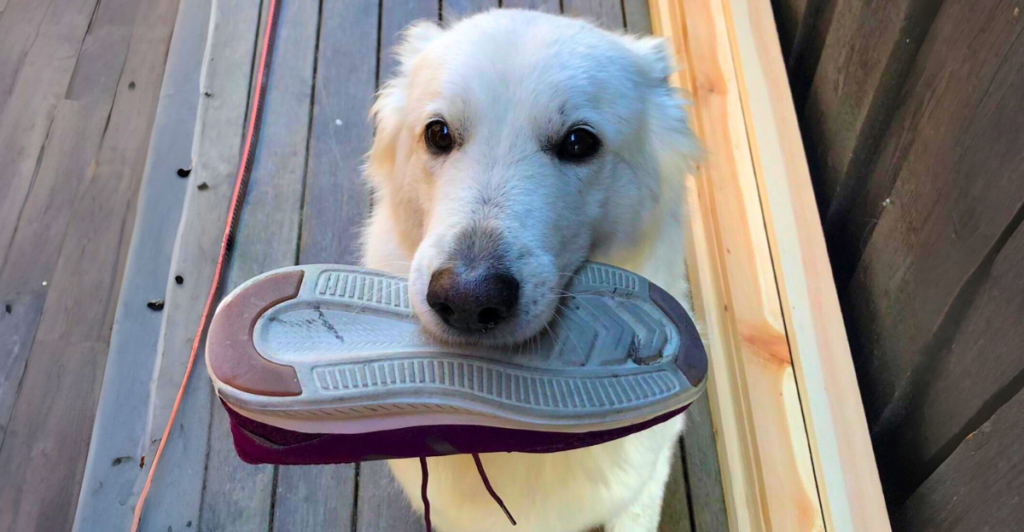
Dogs, like people, have unique ways of showing affection—and knowing their love language can make all the difference. Inspired by Gary Chapman’s concept of love languages, this idea applies surprisingly well to our furry companions.
Science backs it up: studies show that bonding with dogs boosts oxytocin in both humans and canines, reinforcing the emotional connection. Brain scans even reveal dogs respond strongly to their owners’ voices—lighting up the same brain areas that respond to loved ones in humans.
Whether your dog thrives on cuddles, praise, shared activities, helpfulness, or treats, understanding their primary love language can unlock a stronger, more meaningful relationship. Learning to “speak” your dog’s language isn’t just sweet—it’s a powerful way to meet their emotional needs and deepen the trust between you.
1. Love Through Touch
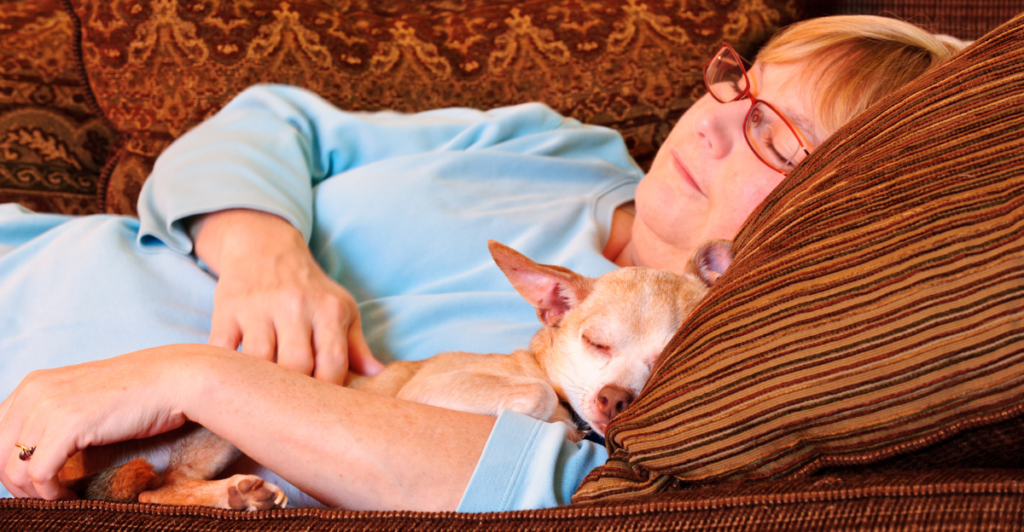
Some dogs crave closeness more than anything else—their way of saying “I love you” is through physical contact. These affectionate pups may always lean into you, seek constant belly rubs, or insist on sleeping pressed against your side.
Research shows this mutual touch boosts oxytocin, deepening emotional bonds for both dog and owner. But not every dog favors touch, and even the cuddle bugs have preferences. For touch-oriented dogs, affection comes through massages, grooming sessions, and petting styles they enjoy.
It’s important to read their cues; a paw on your arm or a warm nuzzle says they’re asking for closeness. Touch-loving dogs speak volumes without words—they just want to feel physically connected to the people they love.
2. Praise Is Everything—Dogs Who Love Words
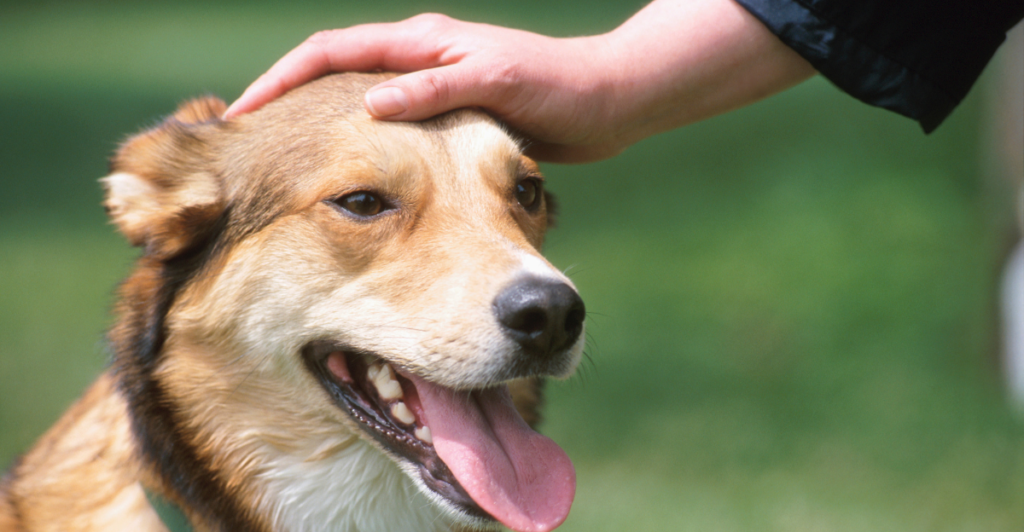
Dogs who respond best to words often light up the moment you speak in a happy tone. These pups perk up at cheerful praise and wag their tails at every “good dog!” What they love most is your voice—not just what you say, but how you say it.
Research confirms dogs prefer “dog-directed speech,” similar to how adults speak to babies—with warmth, high pitch, and enthusiasm. But here’s the key: it works best when the words relate to them. These dogs are highly sensitive to your vocal tone, reacting even to subtle shifts in mood.
To connect with word-loving pups, offer frequent, upbeat verbal encouragement during walks, play, or training. For them, the emotional content behind your words matters more than anything—your voice alone can make their day.
3. They Just Want to Be With You
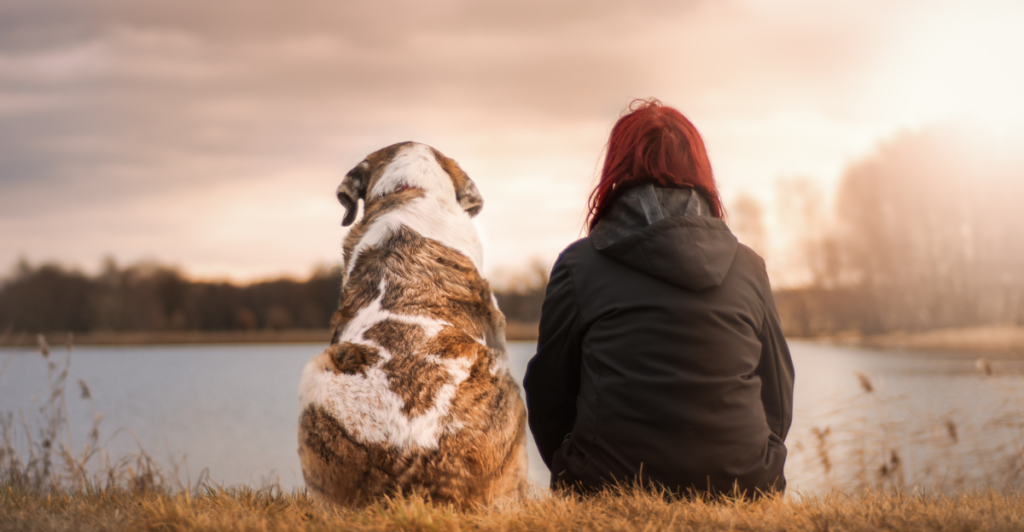
Some dogs don’t need constant touch or toys—they simply want your undivided presence. These quality-time dogs thrive on shared moments, whether you’re walking together or quietly sitting side by side. They’ll follow you from room to room, not out of neediness, but because your presence makes them feel secure.
Studies from the Wolf Science Center show dogs evolved a unique ability to pay close attention to humans, far more than their wolf ancestors. That attentiveness shows in dogs who quietly stick close or gaze at you with soft eyes.
To connect with them, give your full focus: play an interactive game, go for a relaxed walk, or sit together without distractions. These dogs value meaningful time over flashy displays. For them, being together is the purest expression of love.
4. They Show Love By Helping
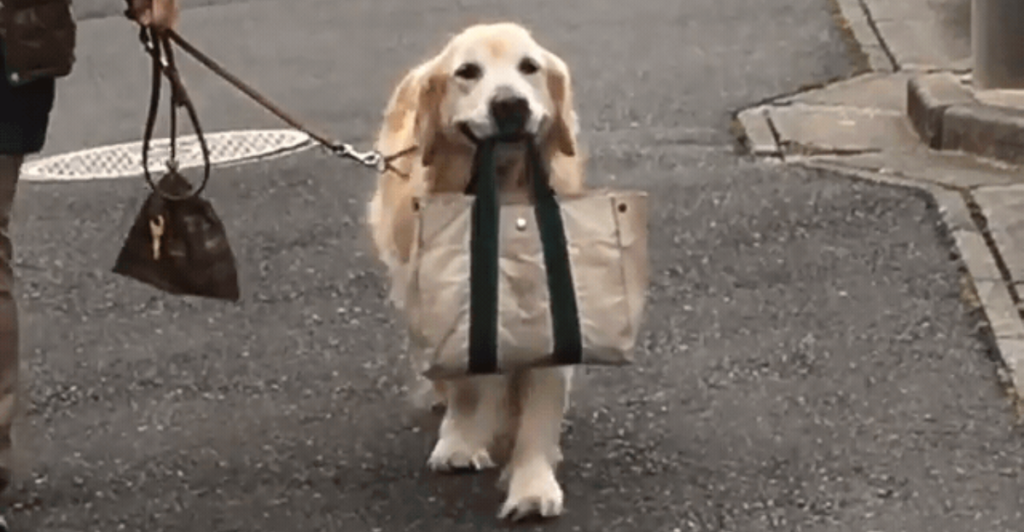
Some dogs feel closest to you when they’re doing something useful—these are the service-minded pups who love having a job. Whether it’s bringing you a toy, guarding the house, or acing a new trick, these dogs light up when they feel helpful.
Their instincts come from centuries of teamwork with humans, evolving alongside us as cooperative partners. Research shows dogs are uniquely wired for attentive collaboration, a trait not shared with wolves.
To return the love, offer training challenges, interactive toys, or give them small responsibilities. Praise their efforts with enthusiasm. For these pups, purpose equals affection. They don’t just want to be part of your life—they want to contribute. Helping you is their way of saying, “I love you.”
5. When Treats and Toys Mean Love

For some dogs, the joy of receiving a treat or toy goes far beyond simple excitement—it’s their clearest way of connecting. These gift-loving pups may dance with joy when you hand them a new toy or hear the crinkle of a treat bag. And they often give gifts too—dropping toys, or sometimes stranger objects, at your feet. This exchange mirrors behaviors in pack life, where offering valued items strengthens bonds. Breeds with strong retrieval instincts often show this trait more clearly. To speak their language, rotate toys to keep them fresh, reward with meaningful treats, and always celebrate the items they bring to you, no matter how odd. The key isn’t the object itself—it’s the act of sharing. For these dogs, gifts are how they express and receive love.
When Dogs Speak More Than One Love Language

Many dogs don’t stick to just one way of showing love—they blend several languages depending on the moment. A dog might crave belly rubs in the morning but bring you toys by night. How they express affection may also differ from how they receive it.
A pup might show love by following commands but feel most comforted by your voice or touch. Breed tendencies can play a role, but every dog is unique, and preferences often shift with age, experience, or mood.
Observing your dog’s changing behaviors can reveal which love languages are emerging or fading. Staying flexible helps you adjust your affection as your dog evolves. Love isn’t static—and your relationship will thrive if you adapt along the way.
How to Discover Your Dog’s Love Language
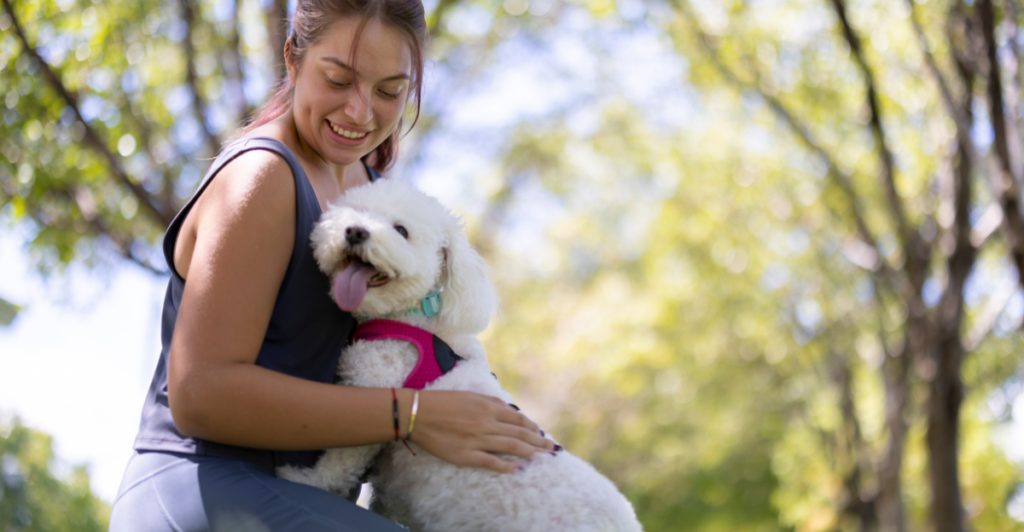
Finding your dog’s love language is part observation, part trial and error. Watch their reactions closely—do they melt into your touch, perk up at praise, or light up when given a toy? Spend a day focusing on each love language and see what brings the most joy.
Body language speaks volumes: relaxed ears, soft eyes, and an eager tail wag often mean you’ve hit the mark. Studies show that dogs who respond well to human gestures are often more in tune with emotional cues, revealing potential language preferences.
Be aware that needs may shift—an anxious dog may seek more touch during stressful times. Tailoring your approach helps build trust. By noticing the little signs, you’ll learn exactly how your dog wants to be loved—and how to love them back.
When You and Your Dog Don’t Speak the Same Language
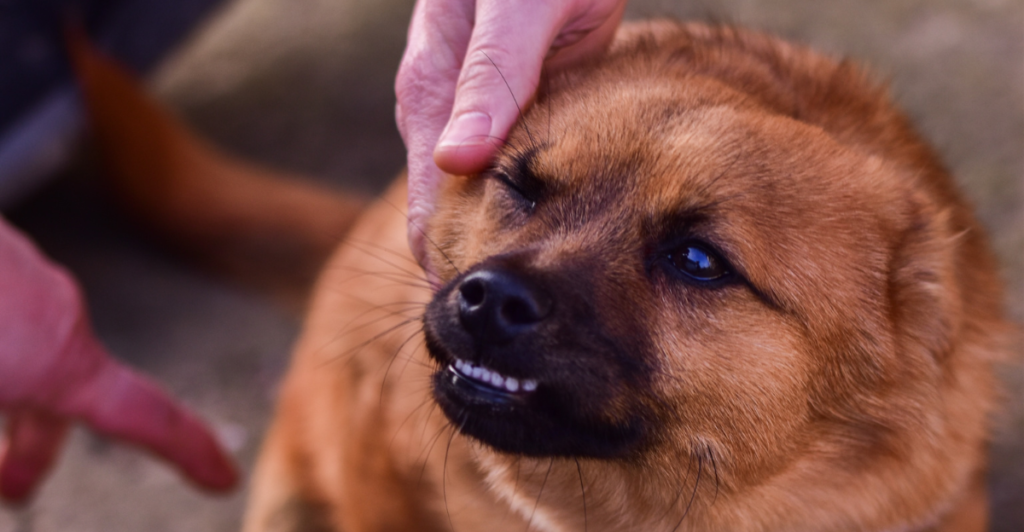
Sometimes the hardest part isn’t learning your dog’s love language—it’s realizing it’s different from yours. If you’re a hugger but your dog flinches at touch, or you shower them with toys but they just want your time, friction can arise.
Research shows that misreading a dog’s cues can lead to stress or behavioral issues. Some dogs even interpret hugs as a threat, despite good intentions. The key is compromise: respect your dog’s preferences while gently introducing your own style in a positive way.
Breeds may have general tendencies, but personality matters more. Instead of expecting your dog to adapt, adjust your approach to suit their comfort. Over time, you’ll likely find areas of overlap. A love language mismatch isn’t a barrier—it’s a chance to grow closer through mutual understanding.
Learning to “Speak Dog” Can Transform Your Relationship
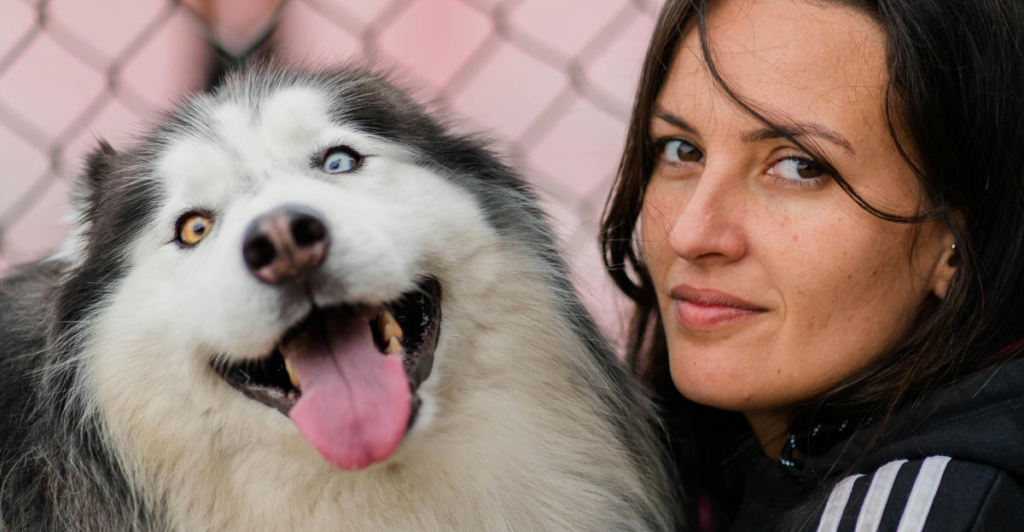
Understanding your dog’s love language creates a ripple effect that transforms your entire relationship. Dogs whose emotional needs are met tend to be calmer, easier to train, and more resilient under stress. The science is clear: positive interactions boost oxytocin in both dogs and humans, reinforcing a strong, lasting bond.
This biological feedback loop supports trust, cooperation, and emotional stability. As you practice tuning into your dog’s cues, your connection becomes more intuitive—almost like you’re speaking the same language.
Over time, this heightened awareness of canine communication can even enhance your human relationships, making you more attuned to others’ emotional needs. Loving your dog in the way they best understand is a small change with a big impact—one that deepens the joy, trust, and companionship at the heart of the human-dog bond.
Explore more of our trending stories and hit Follow to keep them coming to your feed!

Don’t miss out on more stories like this! Hit the Follow button at the top of this article to stay updated with the latest news. Share your thoughts in the comments—we’d love to hear from you!







